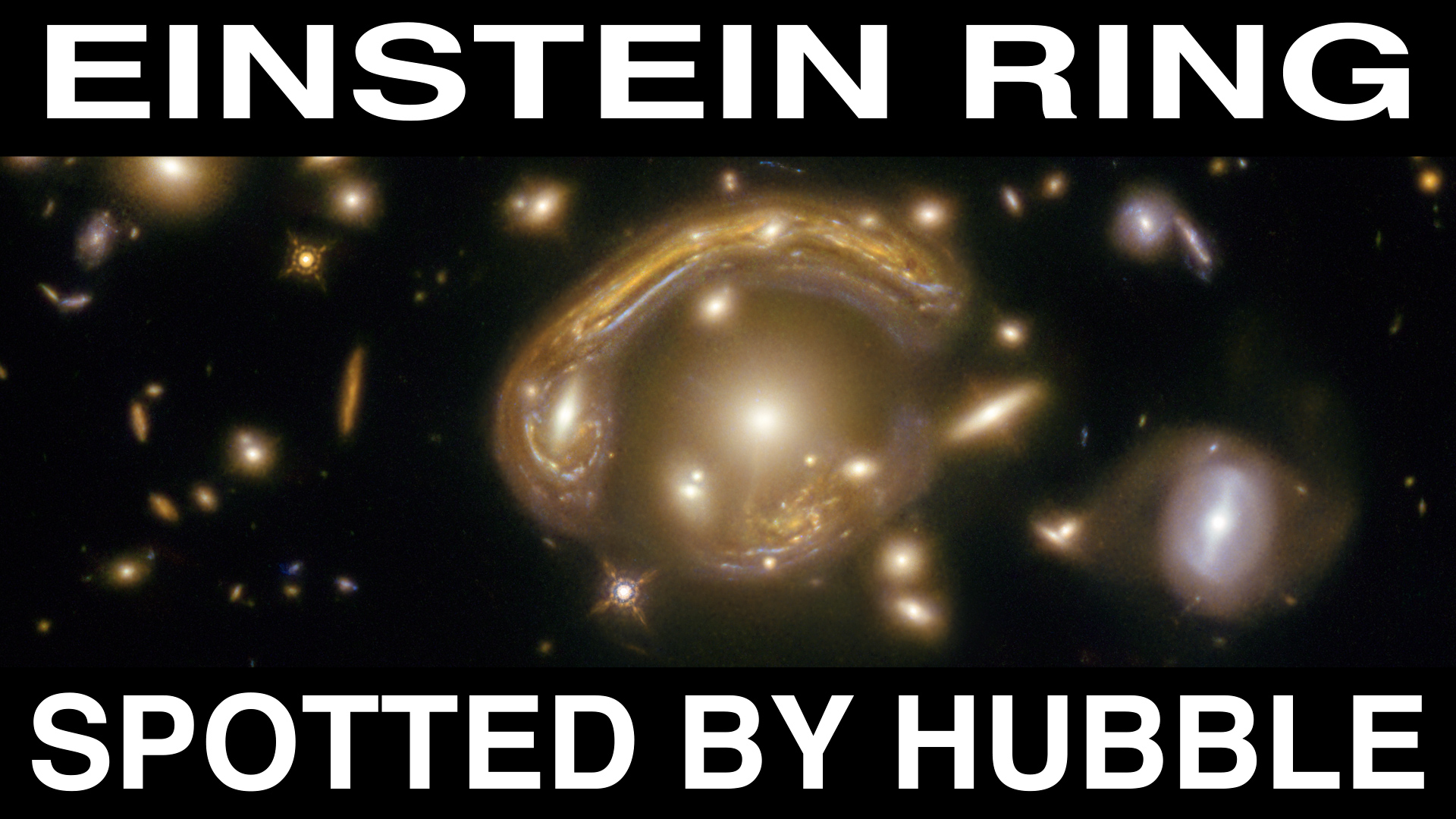Dark Matter Gravitational Lensing Animation
Animation illustrating light from a cluster of galaxies being lensed by dark matter.
Because scientists can't see dark matter directly, they have found other ways to investigate it. We can use indirect ways to study things, like looking at a shadow and making an educated guess about what's casting the shadow. One way scientists indirectly study dark matter is by using gravitational lensing.
Light going through a gravitational lens is similar to light going through an optical lens: It gets bent. When light from distant stars passes through a galaxy or cluster, the gravity of the matter present in the galaxy or cluster causes the light to bend. As a result, the light looks like it is coming from somewhere else rather than from its actual origin. The amount of bending helps scientists learn about the dark matter present.
Credits
Please give credit for this item to:
NASA's Goddard Space Flight Center Conceptual Image Lab
-
Animator
- Adriana Manrique Gutierrez (USRA)
-
Scientist
- Neil Gehrels (NASA/GSFC)
-
Producer
- Scott Wiessinger (USRA)
Release date
This page was originally published on Tuesday, September 20, 2016.
This page was last updated on Tuesday, November 14, 2023 at 12:21 AM EST.
